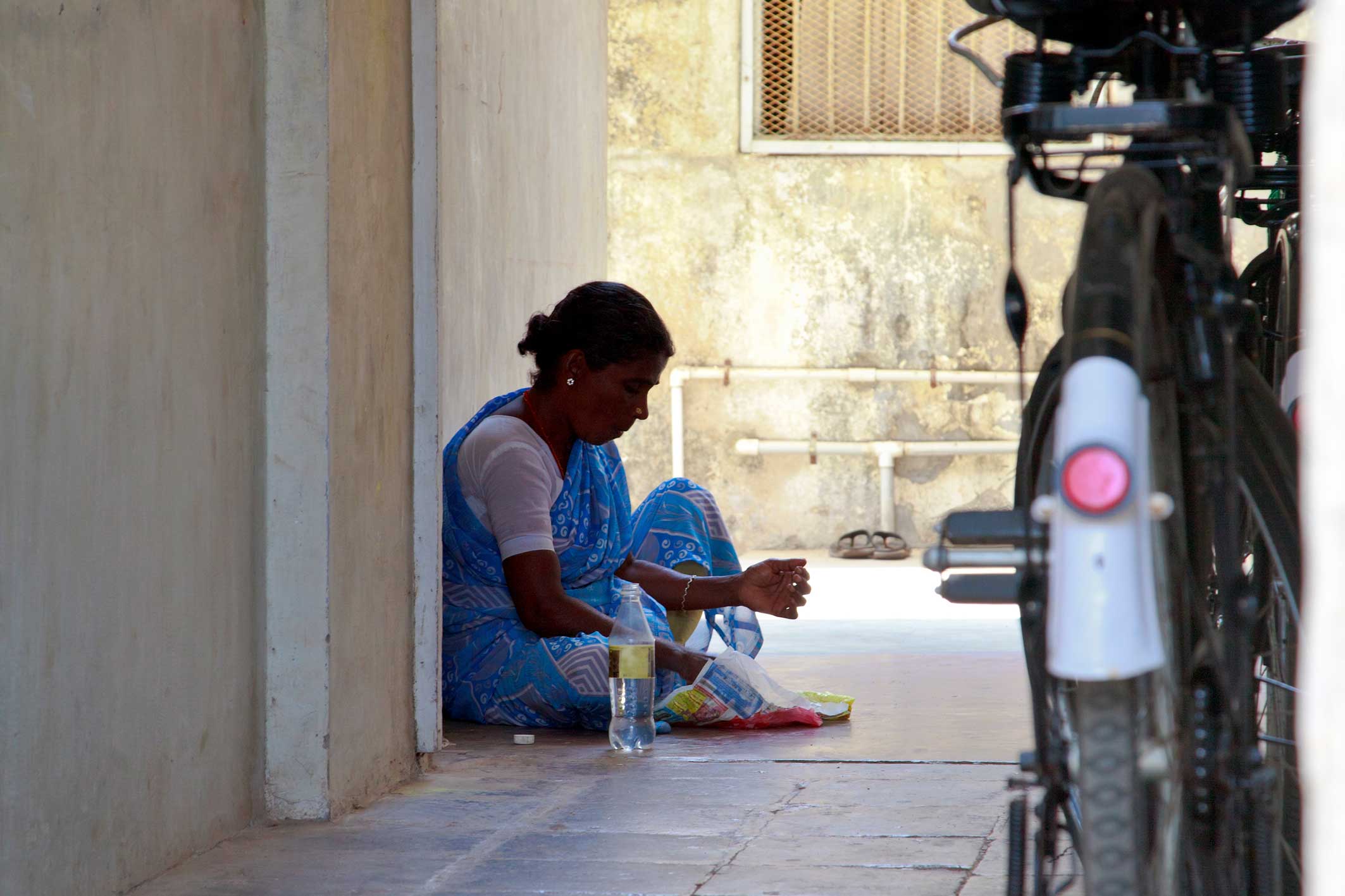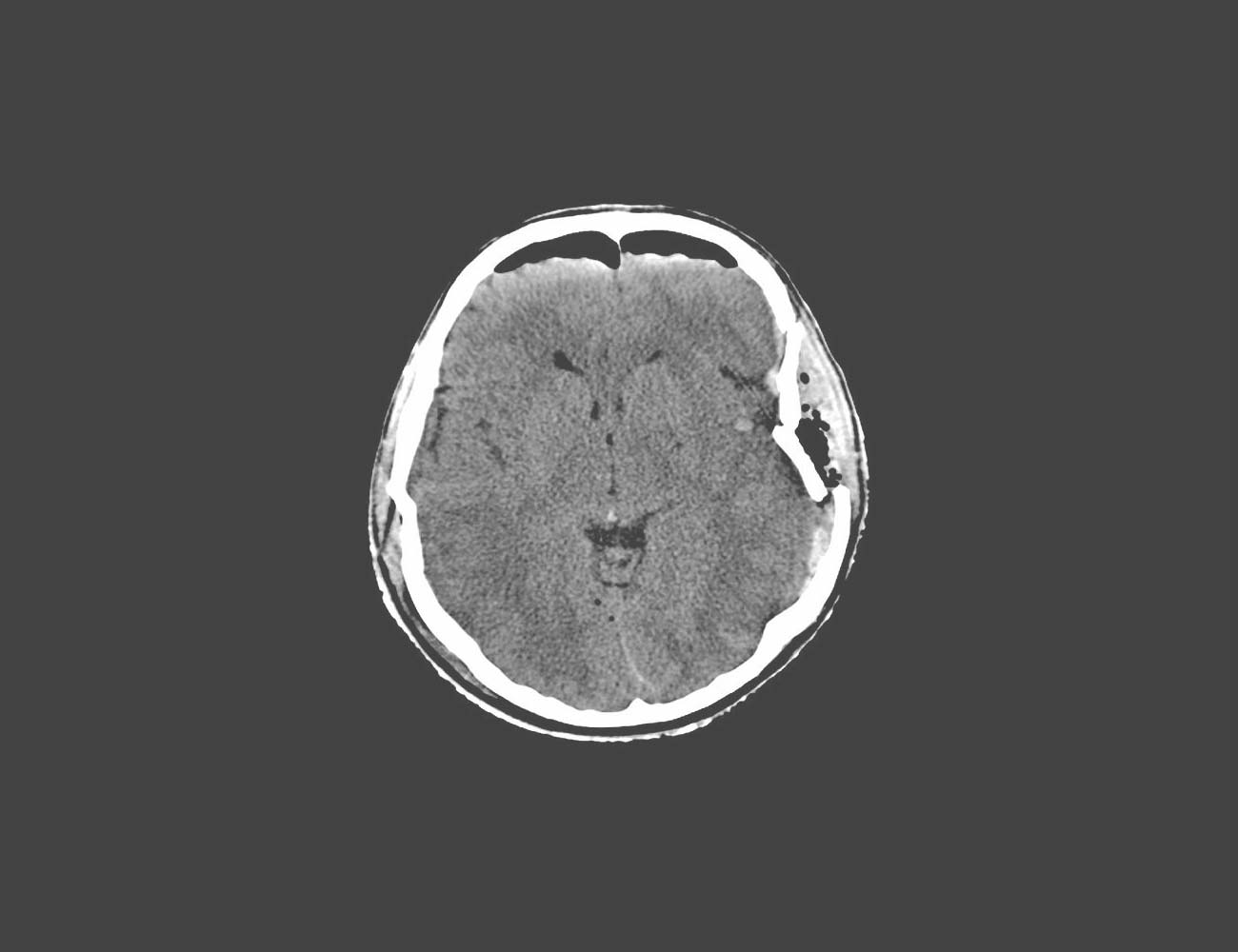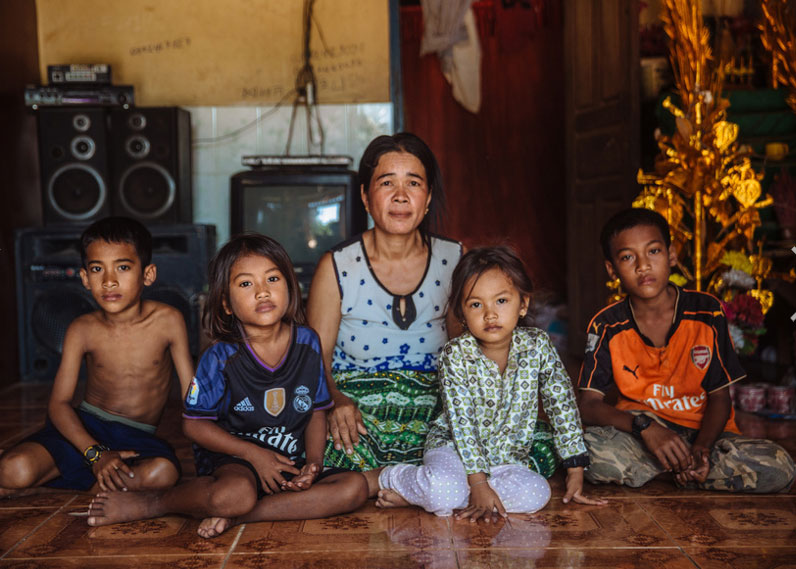
Migrant health: a new series for The BMJ

International migrants, immigration policy and border management has become a key area for political debate. Despite ever increasing media and public attention given to this topic, the health impacts of migration are often overlooked. Individual reasons for migration are diverse - sometimes driven by conflict, sometimes environmental, social, or economic factors - but it all brings the promise of security or prosperity. The health problems encountered by migrants are just as heterogenous and include vulnerability to infectious diseases, trauma, and absence of social protection. Migration may also enable better health, for instance through improved access to health services.
A global movement
In 2017, there were around 258 million international migrants - people living in a country other than their country of birth. Many of these come from more populous parts of the world such as Asia.
Data source: UN
The numbers of international migrants have been rising slightly in recent years as a proportion of the total world population. In 2017, around 3.4% of the world's population was living in a country other than their country of birth. This is a modest increase from around 2.8% in the year 2000.
Data source: UN/IOM
A distorting lens

All sides of the political spectrum have their own views about immigration policy. Some popular media outlets talk of a “crisis” - that hordes of migrants are flooding into countries, overburdening their health systems and using up their public services. Others talk of the benefits to both origin and destination countries of an international workforce.
The majority of international migrants move within their region of birth thorough regular (documented) pathways. They do have health problems, but the more serious ones are experienced by undocumented migrants, who are often not accounted for by their host nations' health systems. The medical challenges they face cannot be fully remedied without addressing their precarious legal status.
Seeking refuge
Popular media reports tend to focus on refugees or asylum seekers (migrants whose claim to refugee status has not yet been evaluated). In 2018, there were about 24 million such forced migrants crossing international borders, according to UN estimates.
Data source: UNHCR
However, refugees and asylum seekers only make up about 10% of all international migrants. Additionally, four out of every five of them are hosted by developing countries.
Remittances as development funding
International migrants not only contribute to economic growth and development in countries where they work, but send money home to benefit their families and communities. Money sent home from abroad is shown to be more stable than both private debt and portfolio equity flows, and several times larger than international development aid.
Migrants sent home more than $400 billion to their families in low and middle income countries in 2015. This is more than 3 times the foreign aid received by those countries in the same year. These remittances can then flow beyond migrants’ immediate circle of family to benefit the wider community in their home countries and diaspora. As well as money, migrants send "social remittances" including skills, knowledge, transfer of technology, ideas and values.
Data sources: World Bank, Clemens, Özden, and Rapoport, 2014
A mixed picture

There is great variability between countries in terms of migrants’ rights and their access to healthcare. Some countries provide similar levels of healthcare to migrants as they do for their own citizens. In other places, many migrants, especially those undocumented, are excluded from accessing life-saving care, primary healthcare services, vaccination and health promotion interventions for several reasons, such as:
- Their legal status
- Stigma
- Discrimination
- Language
- Cultural barriers
- Affordability
Case study 1: Shamila's story

A protracted drought in Sri Lanka led to underemployment for Shamila’s husband. To help provide for their two young children, she decided to travel to Qatar to become a domestic worker, which she organised through an agency. The work was hard, but the money she managed to send home improved the health of her children, allowing access to more nutritious food and medicine. When Shamila became ill, her employer refused to help her to get appropriate medical care, claiming it was not their responsibility...
Case study 2: Mosa’s story

Mosa paid $5400 up front to an agent in his home country of Bangladesh, to secure construction work in Singapore. He worked every day with overtime, and managed to earn $1500 per month. While working, he was struck by moving heavy equipment. He recovered for 10 days in hospital, and received a right decompressive craniectomy, with his construction company paying the bill for over USD 20 000. However, after returning to work, he was locked in a room and his documents were withheld, as the company tried to avoid paying further costs needed for a subsequent cranioplasty...
Data source: Moses Sam Paul Johnraj and Nicole Bacolod
Case study 3: Thida’s story

Some migrants have a much smoother experience. Thida left her two children and their cousins with her mother in Cambodia, and travelled to Thailand to work in a poultry farm. Despite being an undocumented migrant worker, Thida was able to register with a Thai government health insurance scheme that provided comprehensive emergency and curative care. This meant she could access the metformin medication she needed to manage her type 2 diabetes. From the money Thida remitted home, her mother was able to afford and introduce a greater variety of meat proteins to the diet of the children in the household. The great challenges involved with such a journey and their family separation could be outweighed by the benefits to the family in this case.
Photo: Muse Mohammed / IOM
Knowledge gaps
If there is a true migrant crisis, it is the lack of effective migration management practices, poorly formulated migration policies and health policies at national, regional and global levels. Part of the problem is the limited evidence base to inform policy and practice. Despite migrant workers comprising almost 60% of all international migrants, only 6% of research on migration health published published between 2000 and 2018 was focused on them. Little is known about different migrant groups, their health status, health issues, health coverage, general wellbeing, and how they navigate healthcare.
Data source: Sweileh et al, 2018
The BMJ Migration health series
The BMJ’s migration health series aims to provide insights and perspectives by researchers, policy makers, practitioners, civil society, and migrants themselves on issues, challenges and complexities in advancing migration health at national, regional and global levels. It is developed in collaboration with the UN’s Migration agency (IOM) and the Migration Health and Development Research Network (MHADRI) – a global network of migration health researchers.
Papers for the series are policy perspectives and analytical pieces of up to 2000 words in length. The BMJ encourages submissions from a diverse range of stakeholders. Perspectives from countries in the global south, and papers written collaboratively between researchers and policy makers are encouraged.
